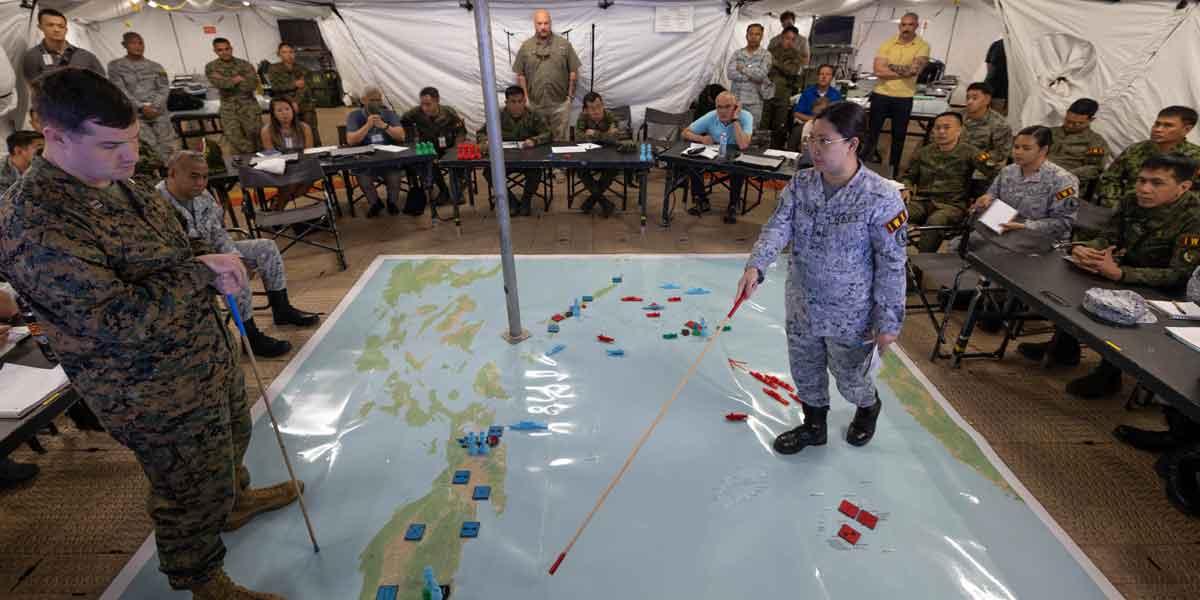The BIS Innovation Hub Singapore Centre and partners announced the successful connection of the test versions of three established IPS using the Nexus model and outlined the next phase of the project to work on the real-world potential of a multilateral network that could be scaled up across more countries.
The year-long collaboration included the Bank of Italy, Central Bank of Malaysia (BNM) and Monetary Authority of Singapore (MAS), plus the payment systems operators PayNet and Banking Computer Services (BCS). Test payments were initiated using only the mobile phone numbers or the recipients’ company registration numbers via the Eurosystem’s TARGET Instant Payment Settlement (TIPS), Malaysia’s Real-time Retail Payments Platform (RPP) and Singapore’s Fast and Secure Transfers (FAST) payment system.
The Nexus report, published today, provides details on the early experiments and technical specifications for the multilateral interlinking of payment systems. The success of the experiment paves the way for the BIS Innovation Hub Singapore Centre to explore the practical applications of a distributed multilateral network.
Nexus aims to support the G20 priorities of improving the cost, speed, access and transparency of cross-border payments by connecting domestic IPS across multiple countries through a standardized and multilateral approach. It is designed to accommodate differences between IPS, rather than trying to homogenize them.
For the next phase of the project – in line with their November 2022 Memorandum of Understanding on Cooperation in Regional Payment Connectivity – Bank Indonesia, BNM, Bangko Sentral ng Pilipinas, MAS and the Bank of Thailand will leverage experiences from Phase I and Phase II of the project towards connecting their countries’ IPS and facilitate cross-border transactions across a combined population of about 500 million people.
The Innovation Hub’s Singapore Centre will collaborate with these central banks to facilitate their design processes, as they aim to connect their domestic payment systems.
“I am thrilled at our success in connecting three national payment systems and the potential this indicates for Nexus. It paves the way for further development, and we look forward to collaborating with our partner central banks on the next phase of the project,” said Cecilia Skingsley, Head of the BIS Innovation Hub.
“We congratulate the BIS Innovation Hub Singapore Centre and its partners from Italy, Malaysia and Singapore for the successful completion of the Project Nexus Proof-of-Concept. The second phase enabled us to harness the potential of multilateral connectivity of fast payment systems among the first-mover countries in the ASEAN. Building on this momentum, we look forward to working with the BIS and our counterparts in the ASEAN in the enhancement of cross-border real-time retail payments that can facilitate financial integration within the region. With an expanding digital sector and remittances remaining to be important drivers of growth, the Philippines remains committed to its pursuit of necessary reforms for a more seamless global payments landscape. We believe this project is a concrete step in this direction,” BSP Governor Felipe M. Medalla added.
Looking ahead, the BIS and the five central banks envisage that Nexus could eventually be implemented globally. To achieve this, they will aim to establish a Global Advisory Panel of central banks and payment system operators to advise on the project’s development beyond the Southeast Asian region. The Bank of Italy and the European Central Bank will be invited to join this panel.



















